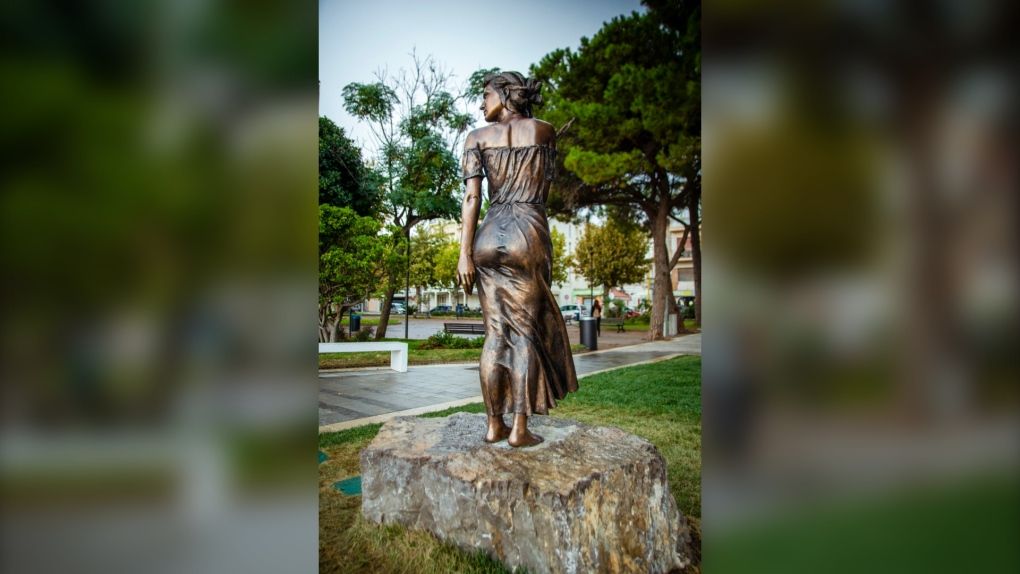The 19th century heralded a profound shift in the arts and intellectual life, giving rise to Romanticism, a movement that championed the individual’s experience and the sublime beauty of nature. This era was marked by a departure from the strict rationality of the Enlightenment, towards a world where emotion and imagination reigned supreme.
Characterized by its complex relationship with the Enlightenment, 19th century Romanticism fostered a new appreciation for the mystical and the untamed aspects of the world, influencing literature, art, and society in enduring ways.
What is 19th century romanticism?
Romanticism in the 19th century was an intellectual and artistic movement that emphasized creativity, emotion, and individualism. It was a reaction against the industrial revolution and the Enlightenment’s emphasis on reason and science. Artists and writers sought to express the sublime and explore the depths of human experience.
The movement placed a high value on the powers of nature, the past, and the inner world of imagination. Romantic thinkers and creators aimed to break free from classical forms and conventions, seeking instead the authentic expression of the self.
Romanticism celebrated the individual’s unique feelings and perspectives, often featuring heroes who defied societal norms and pursued their own path. This movement reshaped the cultural landscape of Europe and left a lasting impact on the world.
What are the key characteristics of 19th century romanticism?
- Emphasis on Emotion and Individualism: Romanticism favored feeling, intuition, and personal expression over rational thought.
- Love of Nature: Nature was seen as a source of inspiration and spiritual renewal, often portrayed as majestic, powerful, and sometimes terrifying.
- Reverence for the Past: Romantic artists and writers often looked to the medieval period and other bygone eras for inspiration, idealizing them as simpler and more noble times.
- Interest in the Gothic and Exotic: There was a fascination with the mysterious, the supernatural, and the exotic, including an appreciation for the art and culture of non-European societies.
- Innovation in Artistic Forms: The movement encouraged breaking away from classical forms, experimenting with new styles and techniques in art, music, and literature.
How did romanticism influence literature in the 19th century?
Literature during the Romantic period underwent a dramatic transformation. Writers like William Wordsworth, Samuel Taylor Coleridge, and Mary Shelley explored the depths of human consciousness and the complexities of emotional experience. Romantic literature often featured first-person narratives and a focus on the protagonist’s inner life.
Themes of heroism, nature, and the supernatural were prevalent in Romantic literature, reflecting the movement’s values and interests. The period also saw the rise of the novel and the short story as literary forms, providing new ways to delve into individual experiences and social realities.
Moreover, the Romantic era championed the idea of the artist as a genius, whose creative spirit was driving societal progress. This period left a profound mark on the future of storytelling and the role of the writer in society.
What are some notable works of 19th century romantic art?
Some of the most iconic works of Romantic art include Caspar David Friedrich’s “Wanderer above the Sea of Fog,” Francisco Goya’s “The Third of May 1808,” and Eugène Delacroix’s “Liberty Leading the People.” These pieces exemplify the Romantic emphasis on emotion, individual perspective, and the sublime aesthetic.
John Constable’s landscapes, which meticulously captured the beauty and power of nature, and J.M.W. Turner’s turbulent seascapes, which conveyed the sublime force of the natural world, are also quintessential examples of Romantic art.
The sculptures of Auguste Rodin and the music of Ludwig van Beethoven further illustrate the reach of Romanticism, transcending the boundaries of visual art and influencing all forms of creative expression.
How did the enlightenment impact 19th century romanticism?
While Romanticism was, in many ways, a reaction against the Enlightenment, it was also deeply influenced by it. The Enlightenment’s focus on the individual laid the groundwork for the Romantic ideal of personal freedom and self-expression. Romantic thinkers and artists took Enlightenment ideas about individual rights and human dignity and pushed them into the realm of emotion and subjective experience.
The scientific advancements and rationalist perspective of the Enlightenment era also spurred Romantics to explore the irrational, the emotional, and the mystical, championing a more holistic understanding of human nature that included the passions as well as the intellect.
The tension between these two movements created a dynamic interplay, with Romanticism both opposing and extending Enlightenment thought, resulting in a rich cultural and intellectual heritage.
What is the legacy of 19th century romanticism today?
The legacy of 19th century Romanticism endures in contemporary culture, influencing the way we perceive art, nature, and the self. The Romantic focus on individualism and self-expression can be seen in modern-day emphasis on personal identity and the value placed on originality and authenticity.
Romanticism’s celebration of nature continues to resonate in environmental movements and the widespread appreciation for the natural world’s beauty and power. The Romantic ideal of the passionate, creative individual also lives on in the figure of the artist as a cultural icon and the ongoing fascination with genius and innovation.
In literature, film, and music, the themes and preoccupations of Romanticism—such as the triumph of the human spirit, the exploration of the supernatural, and the struggle against societal constraints—remain powerful forces shaping creative work.
What are the main themes in 19th century romanticism?
- Nature and the Sublime: The awe-inspiring beauty and terror of the natural world was central to Romantic thought.
- Individual Experience: The unique perspective and feelings of the individual were prized over collective norms.
- Heroism and Imagination: The Romantic hero, often an artist or a visionary, embodied the movement’s ideals of creativity and defiance of the status quo.
- The Past and the Exotic: There was a fascination with history, especially the medieval era, and with cultures outside of Europe.
- Emotion and the Irrational: Romanticism embraced the full range of human emotions and the mysteries of the psyche.
Related Questions on 19th Century Romanticism
What is the 19th century romanticism?
19th century Romanticism was an artistic, literary, and intellectual movement that rejected the order and rationality of the Enlightenment. It emphasized emotion, individualism, and the glorification of all past and nature, focusing on the human experience within the natural world and the imagination.
It valued the expression of the artist’s inner feelings and heralded a new era where art became infused with a deep sense of personal and emotional significance.
What does 19 romanticism refer to?
“19 Romanticism” refers to the Romantic movement of the 19th century, which celebrated emotion, the individual, and the sublime. It was a significant cultural shift that impacted art, literature, music, and philosophy, shaping the values and aesthetics of the time.
This period is characterized by the prominence of personal feeling and the return to nature as a source of inspiration and spiritual truth.
What was the main focus of romanticism?
The main focus of Romanticism was to elevate the emotional and spiritual over the rational, to celebrate the individual’s imagination and creativity, and to honor the beauty and power of nature. It marked a move towards exploring the depths of the human psyche and the wonders of the natural world.
Romanticism championed artistic freedom and the expression of intense emotions, often through innovative forms and techniques.
Why did romanticism flourish in the early 19th century?
Romanticism flourished in the early 19th century as a response to the rapid changes brought about by the Industrial Revolution and the Age of Enlightenment. The shift towards urbanization and the emphasis on scientific rationality left many yearning for a connection with nature and a deeper sense of personal and artistic expression.
As a movement, it provided a means for individuals to assert their emotions and imagination as a counterbalance to the mechanization and rationalization of society.









